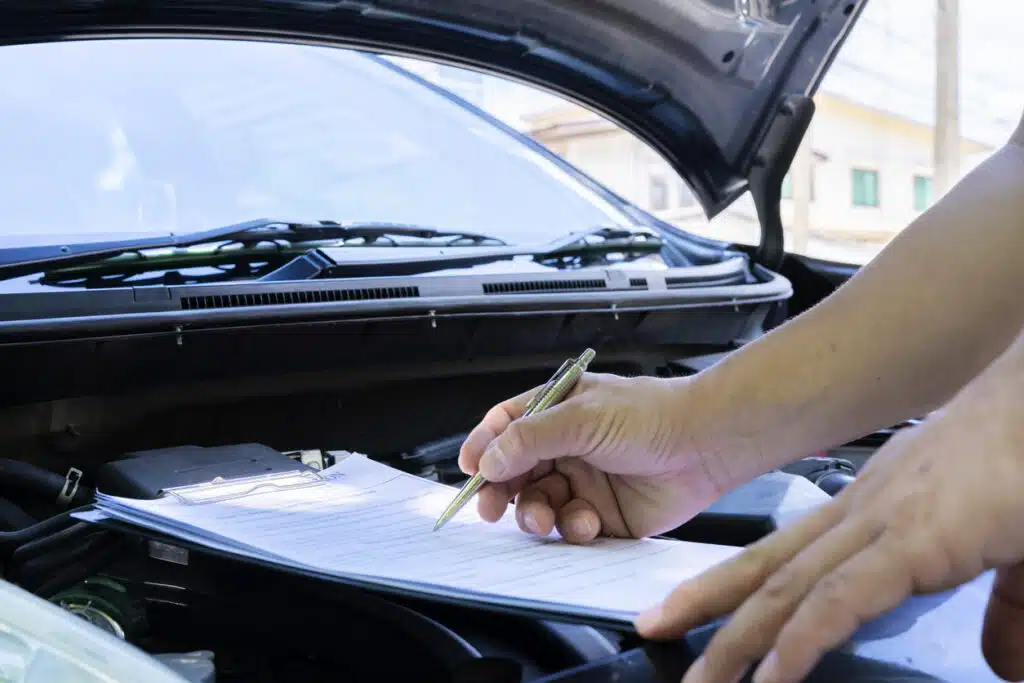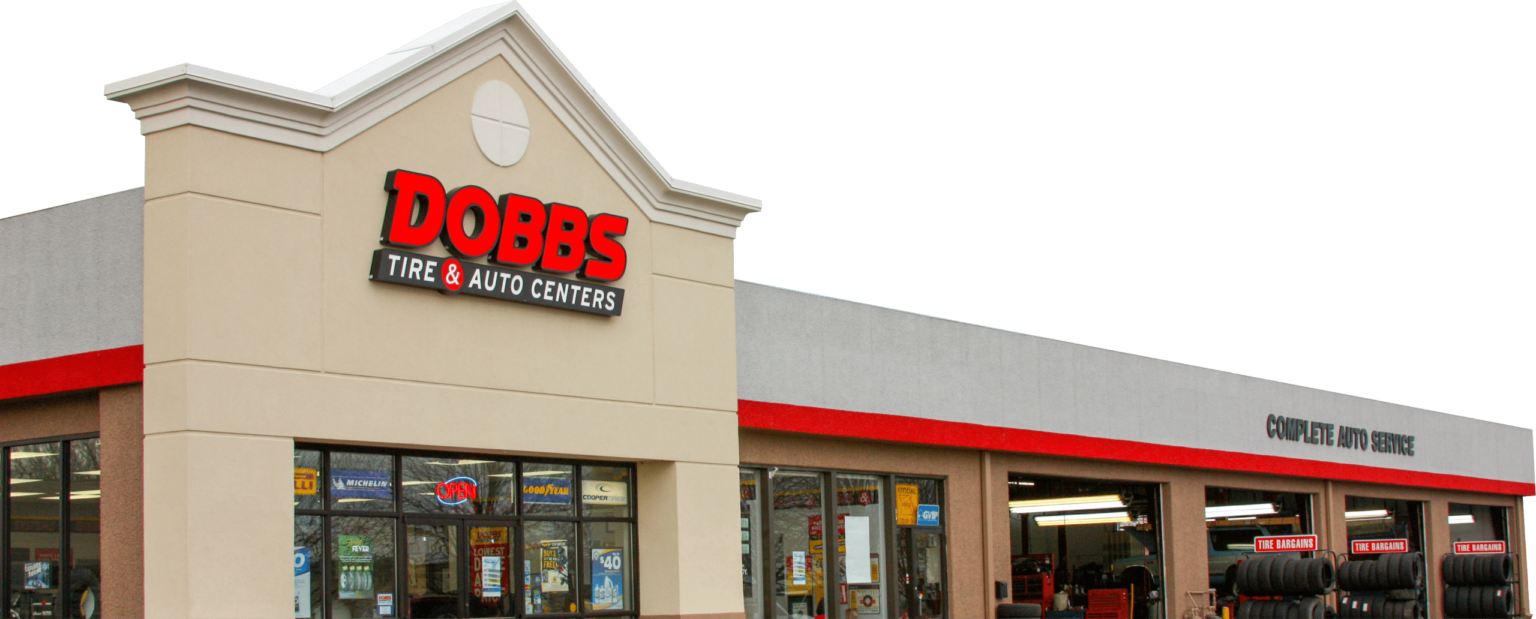A Guide to Your 6-Step Fall Vehicle Checklist

As fallen leaves abound and snow flurries make their way into the forecast, every driver could use a seasonal reminder that it’s time to prepare your vehicle for cold-weather driving. No matter which type of car you drive, sub-freezing temperatures will likely impact safety and performance.
This article provides a brief checklist covering what you should look for as we move into the fall and winter seasons.
Step 1: Check Your Tires
If you’ve ever noticed the tire pressure light coming on during chilly mornings, it’s because cooler temperatures cause the air pressure in your tires to drop. We could explain the physics behind this phenomenon, but for now, take our word for it. As tires lose pressure, you’ll experience reduced fuel efficiency and increased wear and tear on your set. Even more importantly, you may be compromising your safety as underinflated tires don’t perform like they do when they have adequate pressure.
Fortunately, checking tire pressure and adding air if necessary is as easy as car maintenance gets. Check the number on the side of your tires (ex., 32psi) to find the proper level of inflation. Most modern vehicles allow you to check the tire pressure digitally via the instrument, but if not, a quick trip to the gas station will do the trick.
Even if your “low pressure” light isn’t on, it’s still a good idea to check proactively. This measure prevents you from having to fill your tires up on a frigid day when you’re already running late.
Step 2: Examine Your Brakes
Roads become increasingly slippery in fall months when rain and fallen leaves create treacherous conditions. In fact, studies say wet leaves can be just as slippery as ice. Your brakes may have to work overtime, and it’s essential to determine if you need maintenance before an accident occurs.
No vehicle component is more responsible for your safety than your brakes. The expert and certified technicians at Dobbs Tire & Auto can provide you with a quick and effective inspection that gives you peace of mind when driving around in suboptimal conditions.
Step 3: Replace Worn Wiper Blades
Visibility can quickly take a turn for the worst in rainy, foggy, or even snowy autumn conditions. Your wiper blades are the first line of defense, and a new set can go a long way toward safer driving. If you’ve noticed your wiper blades leaving streaks or making squeaking noises, it’s time to swap them out. It might seem insignificant, but this low-cost service is always worth the investment.
Step 4: Inspect Your Lights
Fall means shorter days and more drives in low-light conditions. With that in mind, having properly functioning lights is a necessity. Take a couple of minutes to test all your vehicle’s light systems (brakes, headlights, running lights, fog lamps, and interior lights) before your next drive. Replacing any burnt-out bulbs is a simple yet essential safety measure.
Step 5: Test Your Heater and Defroster
Your vehicle’s heating system isn’t just there to keep you comfortable. As the temperatures drop, you’ll need to rely on a functioning defroster to maintain clear visibility. The next time you drive, turn on your defroster (front and rear windshield) and check that they’re working properly. If you notice any issues, address them promptly to ensure comfort and safety during the next several months.
Step 6: Change Your Oil and Check Fluids
Engines produce a significant amount of heat, and if your internal components aren’t properly lubricated, you can cause extensive damage to your vehicle. A simple oil change is one of the most cost-efficient ways to extend the life of your car and reduce the amount of maintenance required in the future. Additionally, while you’re checking your oil level, take the time to inspect all your vehicle’s fluids, including transmission, brake, power steering, and coolant. Top up or replace fluids as needed to keep your vehicle in optimal condition.
If you don’t feel comfortable checking or refilling fluid levels on your own, visit a Dobbs location the next time you have a free afternoon.
Prepare an Emergency Kit
Nobody expects to break on the side of the road, and that’s precisely why these situations can be dangerous for unprepared drivers. Fall is an unpredictable season, and having essentials like a flashlight, blankets, non-perishable snacks, and a first-aid kit on hand can make a significant difference if you encounter unexpected challenges on the road.
Schedule Your Visit to a Dobbs Tire & Auto Near You
Car care is critical in every season, but with cold temperatures on the horizon, it’s even more important to make sure you safely reach your destination.
From repairs to routine maintenance, our expert and certified technicians take pride in preparing your vehicle for the road. If you can’t remember the last time you had your car looked at by a professional, a quick trip to one of our 43 convenient Dobbs Tire & Auto locations can help you drive with confidence. Request an appointment online or stop by your nearest location today!
